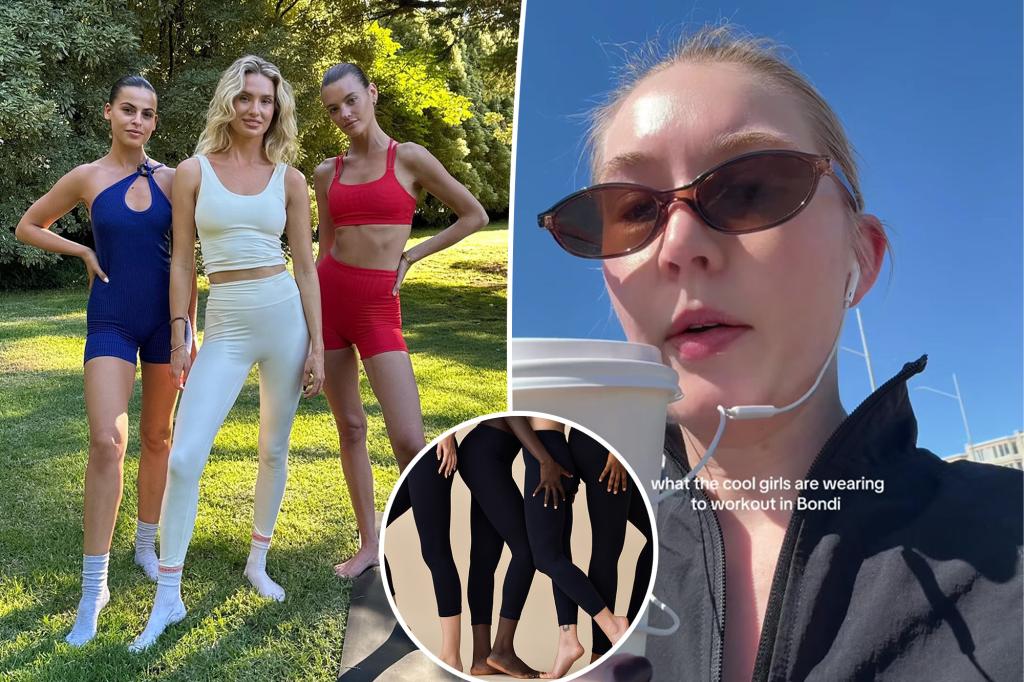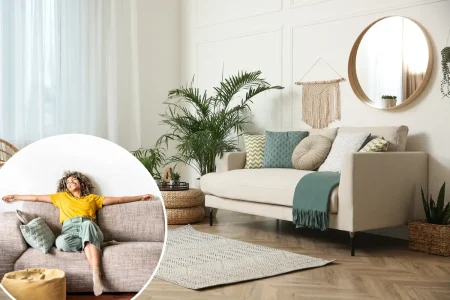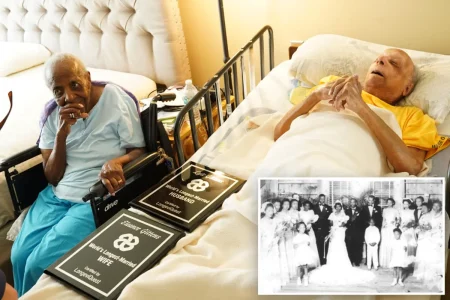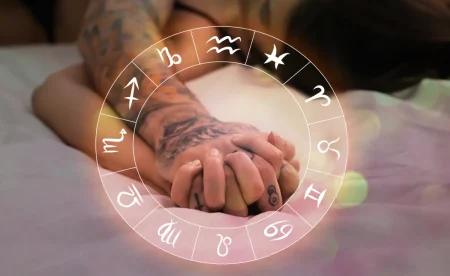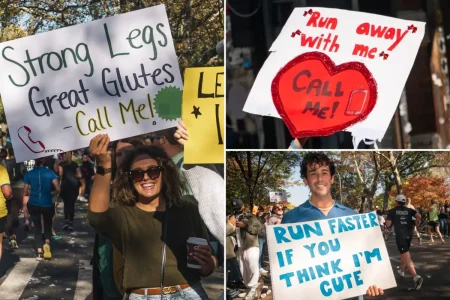The Great Activewear Debate: Is Black on Its Way Out?
A quiet revolution is unfolding in the fitness fashion world, and like most cultural shifts these days, it’s being documented on TikTok. First, ankle socks fell from grace. Then leggings were deemed passé. Now, it seems the ultimate millennial uniform—black activewear—might be losing its crown as the go-to workout attire. This apparent shift has sparked heated debates between generations, with many refusing to abandon their beloved black leggings and sports bras despite emerging trends suggesting brighter days ahead in fitness fashion.
The controversy ignited when Ellie Nicholls, fresh from a class at the trendy Body by Berner pilates studio in Bondi Beach, Australia, shared a startling observation with her followers. “My one takeaway is I’m literally throwing out all of my black activewear and starting again,” she announced, ironically while still dressed in black activewear herself. What prompted this dramatic declaration? According to Nicholls, she felt completely out of place among the Bondi fitness crowd: “Literally no one was wearing black except for me and I looked like such a loser.” Instead, she noticed others sporting “really cute colorful, or even other neutrals like grey, brown, sage, greeny kind of sets,” which she thought “looked so good” in comparison to her traditional black ensemble.
The reaction to Nicholls’ proclamation was swift and passionate, particularly from millennials who weren’t ready to retire their practical black workout gear. Comments flooded in defending the timeless quality of black activewear, with many citing practical concerns rather than just aesthetic preferences. “I cannot wear any colour other than black! I SWEAT TOO MUCH,” one user emphatically stated, highlighting the camouflaging benefits of darker colors during intense workouts. Others maintained that “Black activewear will ALWAYS be chic,” and cautioned against discarding an entire wardrobe based on a fleeting trend. The geographical divide became apparent too, with Melbourne residents particularly offended by the suggestion that black was outdated. “As a Melbourne girl I’m offended! Black workout gear only and forever,” one commenter declared, revealing how deeply intertwined activewear choices are with local identity and culture.
Fashion professionals offer a more balanced perspective on this apparent shift. Fashion stylist Donny Galella disagrees with the notion that black activewear is disappearing, even in Sydney’s fashionable eastern suburbs. Based on his observations at Conditn Randwick, a popular fitness studio, black remains prevalent among gym-goers. “Let’s face it. Black is easy,” he explained to news.com.au, highlighting the practical appeal of black activewear: it’s simple to coordinate with other items, less likely to show sweat stains, and generally more slimming. While acknowledging the rising popularity of colorful options and trend colors like beige and brown, Galella maintains that black will likely retain its position as the most popular workout color due to its practicality and timeless appeal.
Those actually selling activewear confirm that despite the buzz around colorful alternatives, black still dominates sales charts. Matilda Robertson, co-owner and CEO of activewear brand Stax, reveals that “Black pieces are still our bestsellers at every launch,” suggesting that while social media might showcase the most eye-catching trends, consumer behavior tells a different story. That said, Robertson has noticed increasing interest in colorful pieces, particularly pinks, purples, and blues, especially as seasons change. Their vibrant “Bloom collection” sold out instantly, indicating genuine demand for more colorful options. This market reality reflects a diversification rather than a replacement—consumers are expanding their activewear wardrobes to include color while still maintaining their black staples.
The black activewear debate ultimately reveals something deeper than just fashion preferences—it highlights how clothing choices become intertwined with identity, practicality, and resistance to change. While some trendsetters in Bondi Beach might be embracing a more colorful fitness aesthetic, the broader picture suggests black activewear isn’t going anywhere soon. The passionate defense of black workout gear speaks to how deeply millennials have incorporated these items into their lifestyle—they’re not just clothes but trusted companions for sweaty workouts, quick errands, and comfortable work-from-home days. As Robertson wisely concludes, “Black activewear will always be fashionable in my opinion (even in Bondi!), but if you want to have some fun with colour—there are plenty of options.” Perhaps the real trend isn’t about abandoning black but embracing more variety, allowing everyone to wear what makes them feel comfortable and confident, whether that’s the classic black ensemble or a bold, colorful statement piece.




